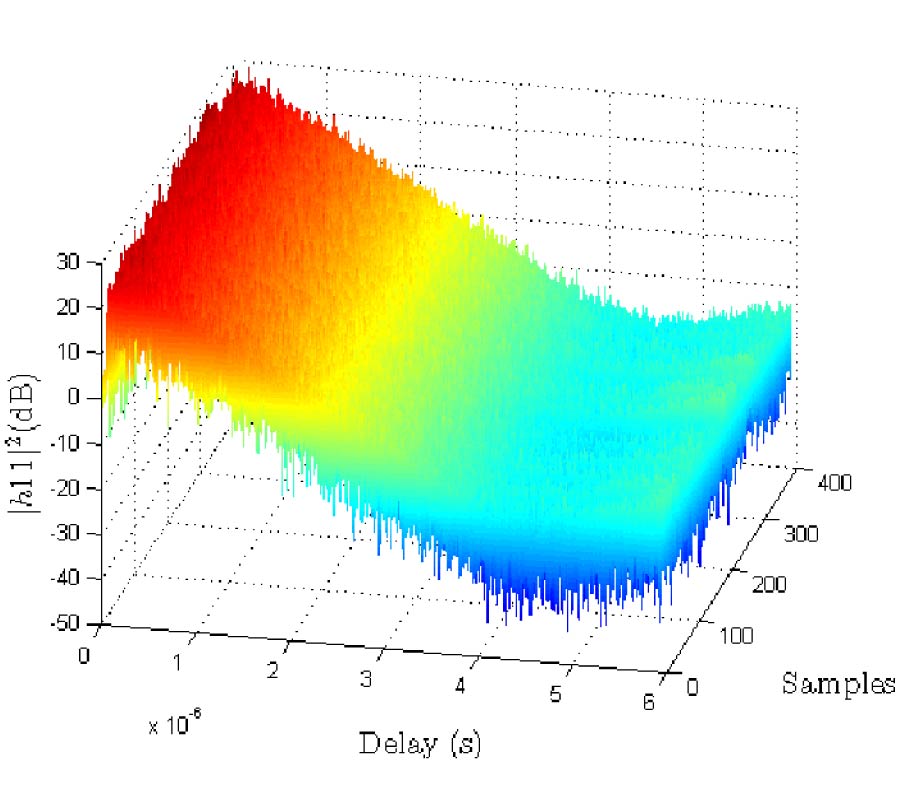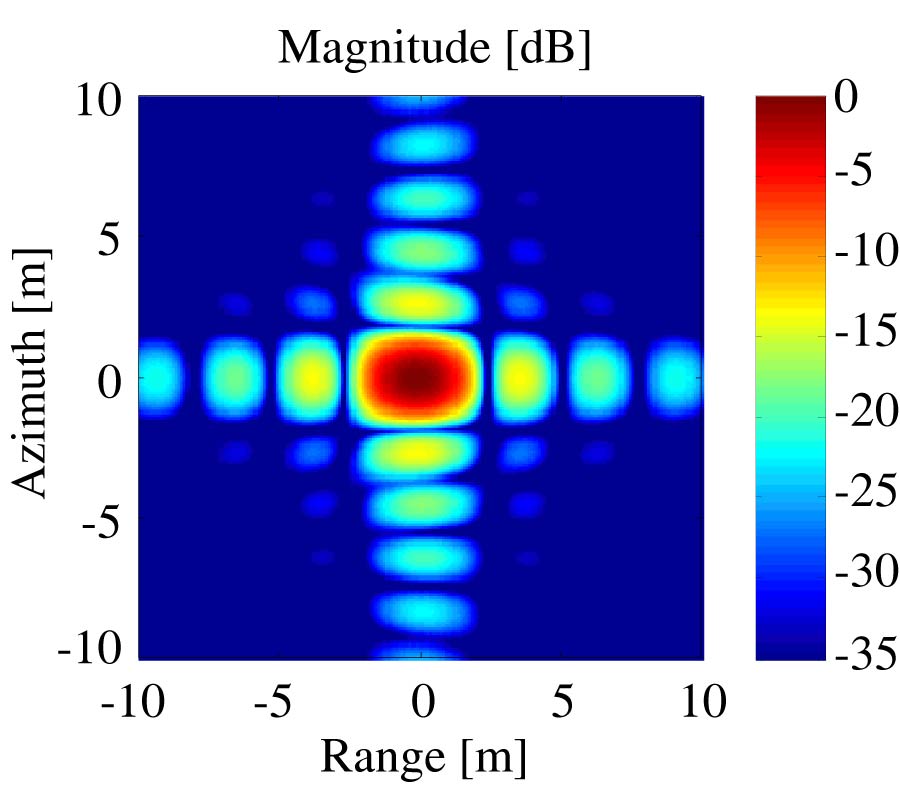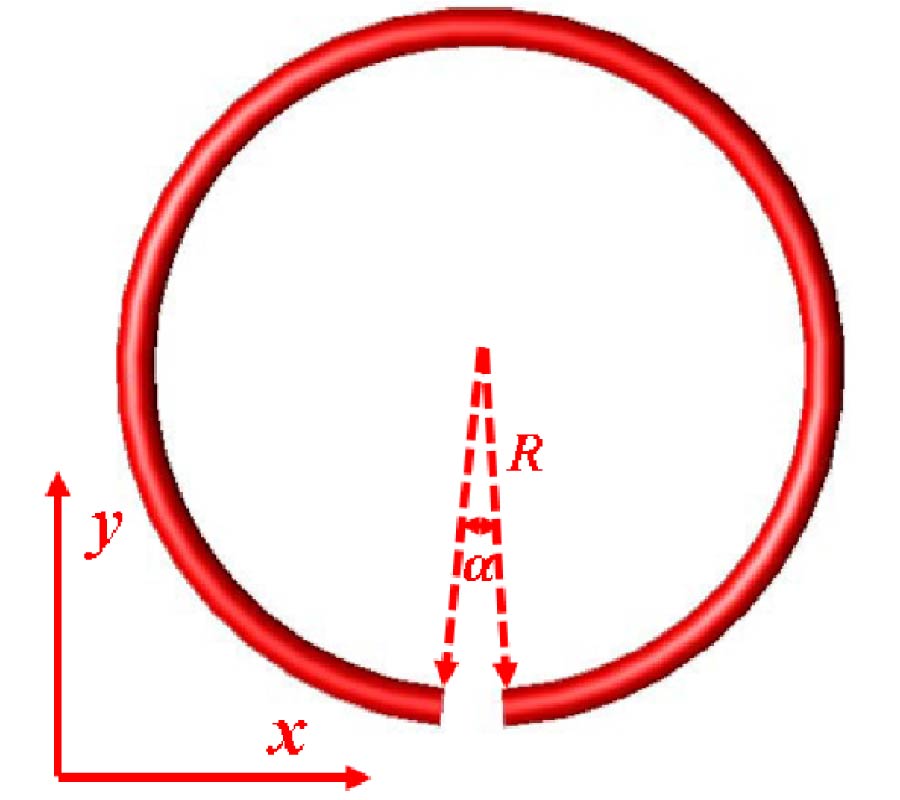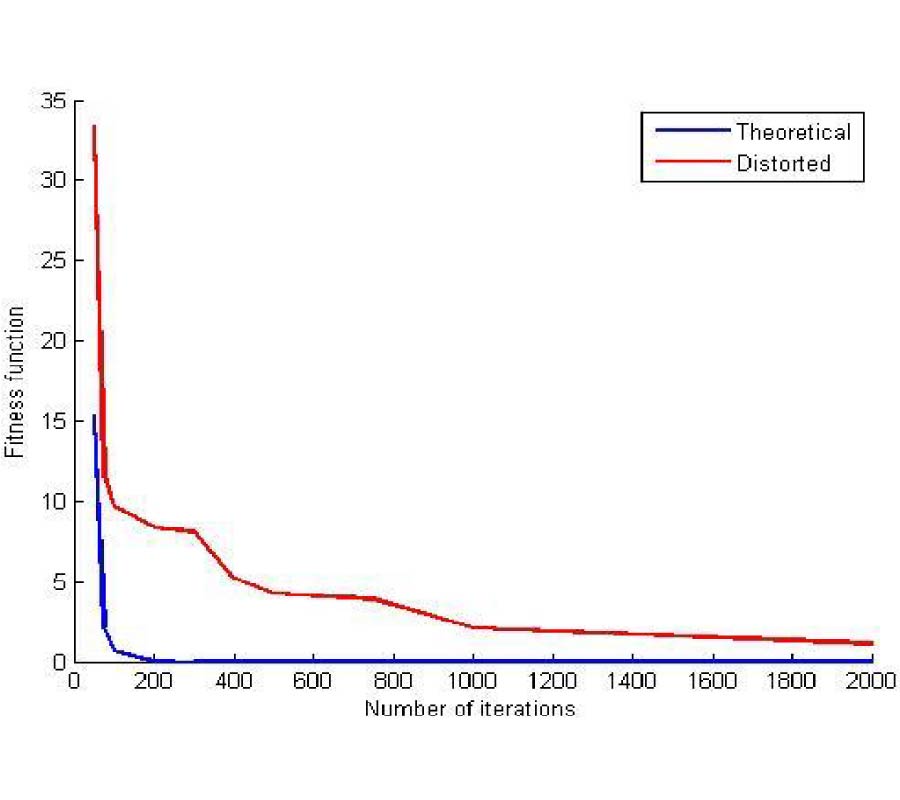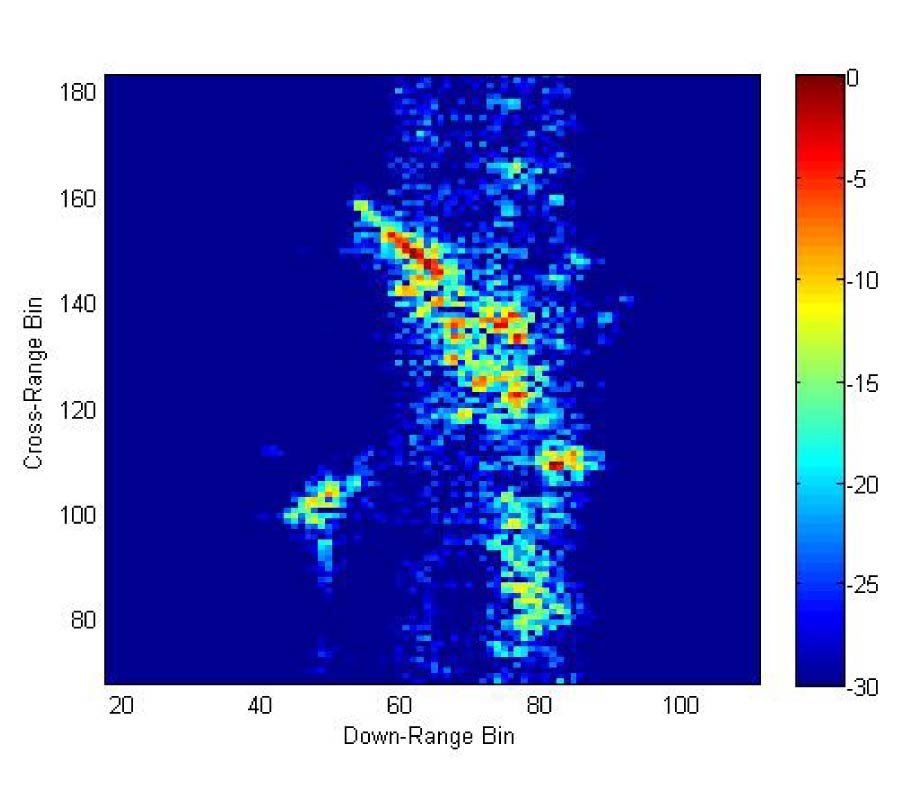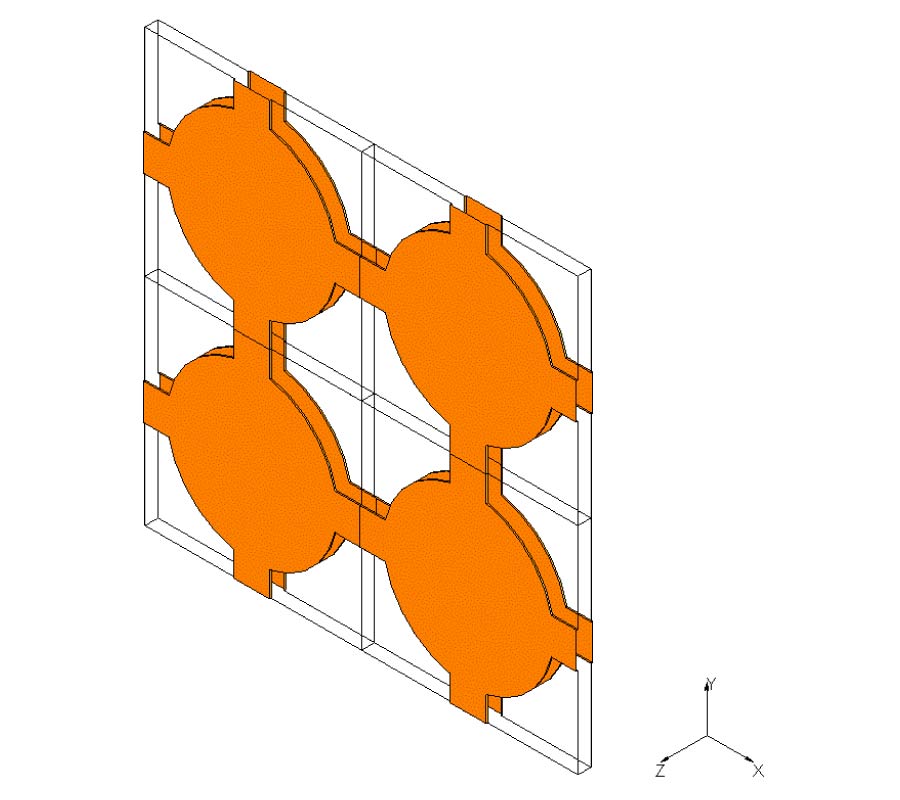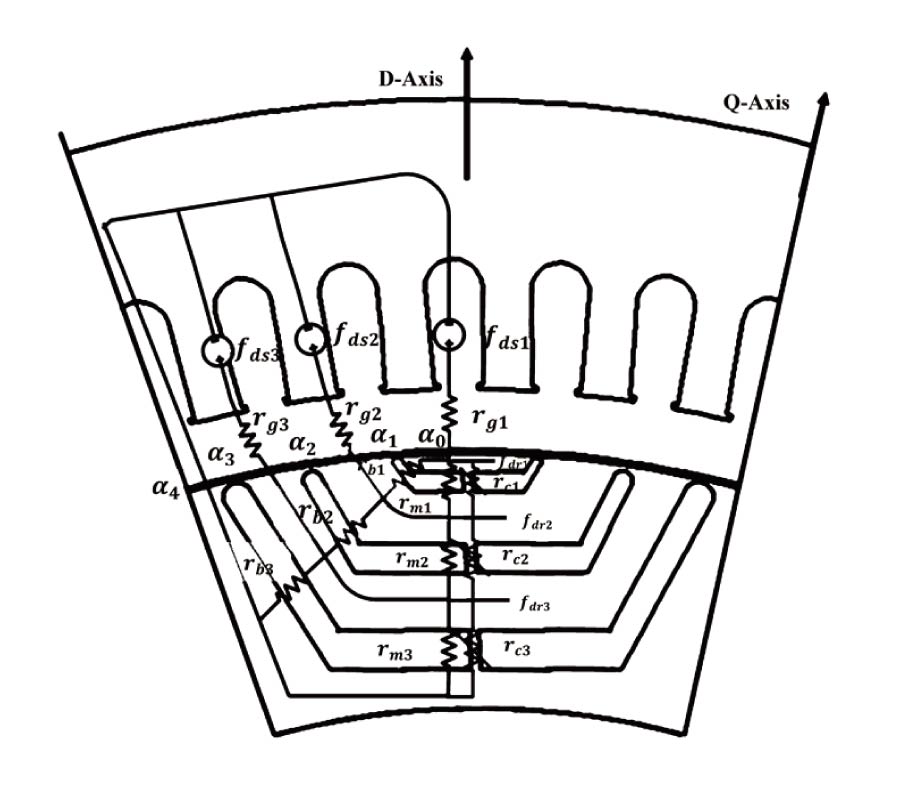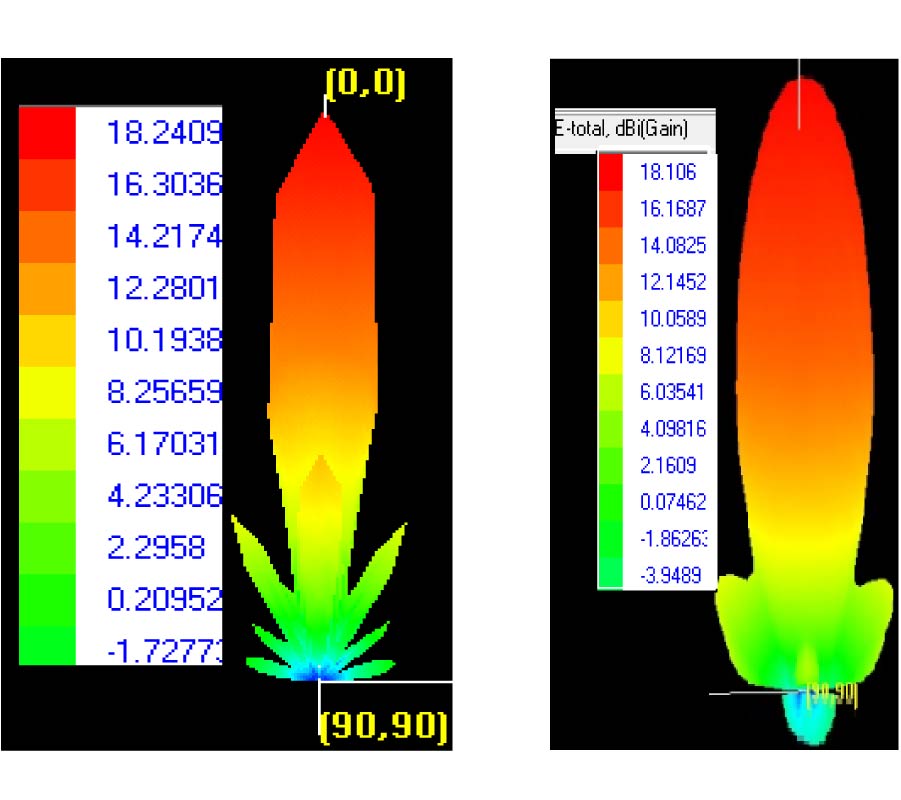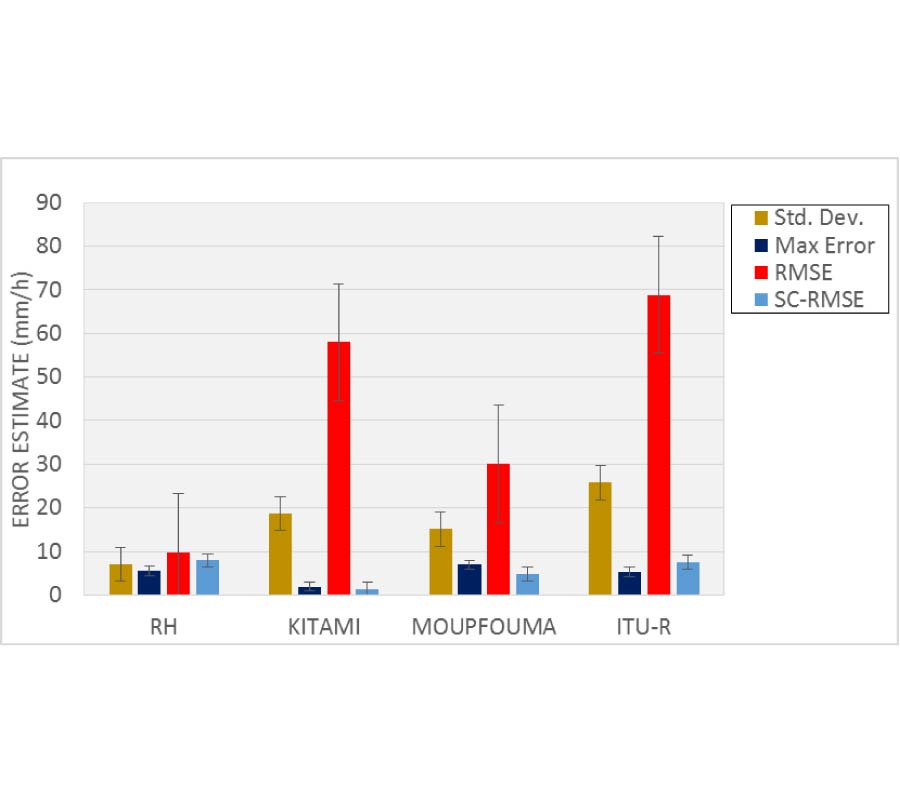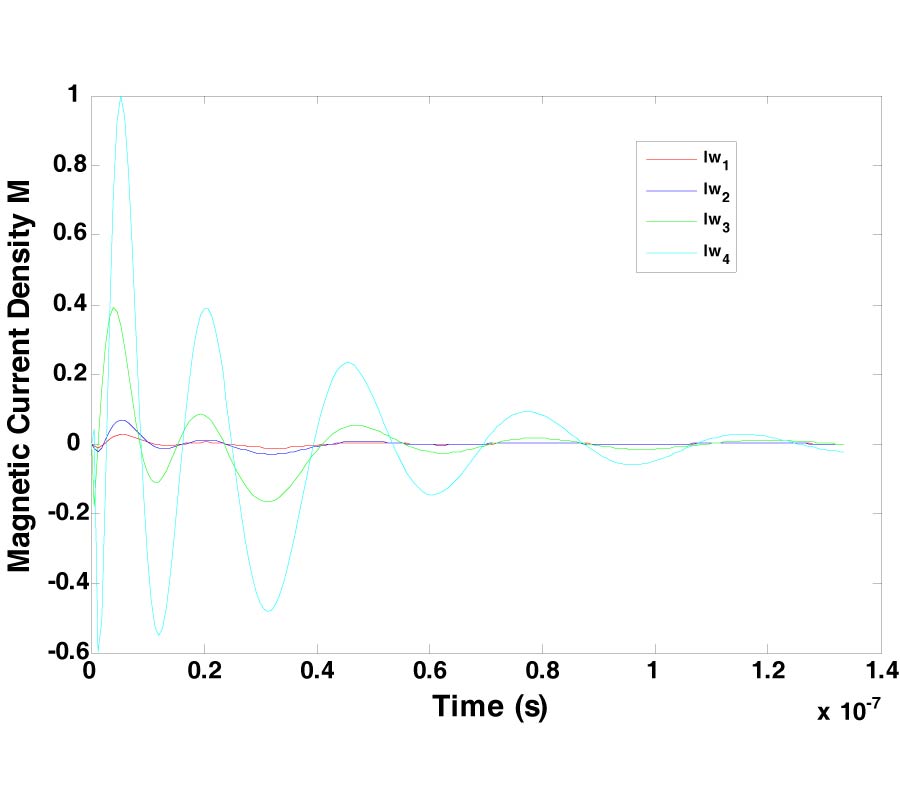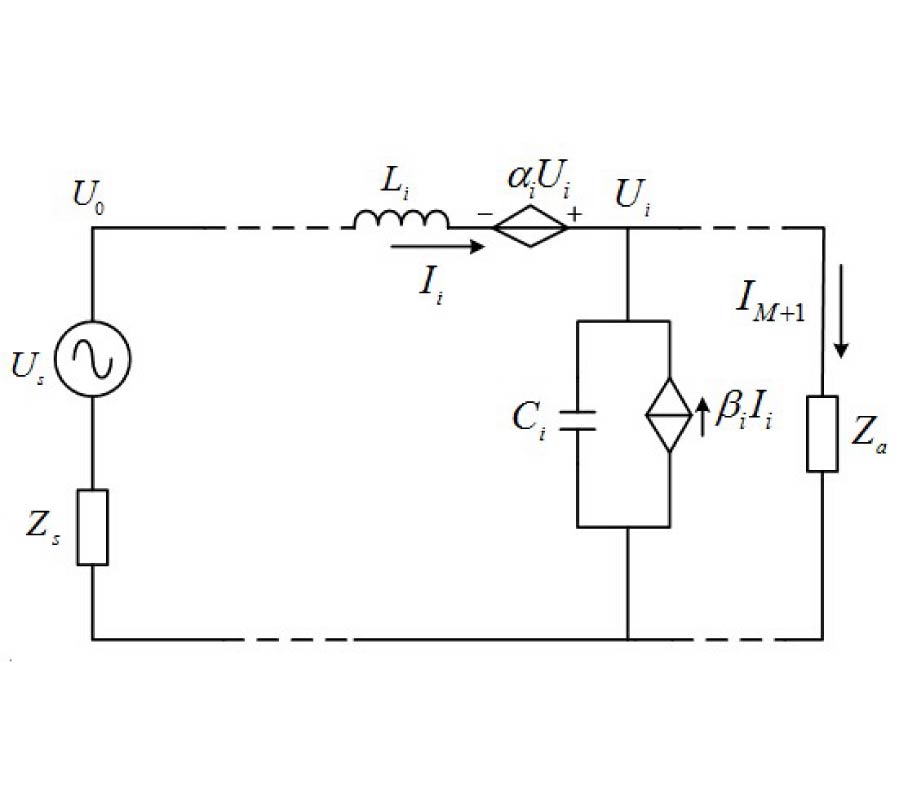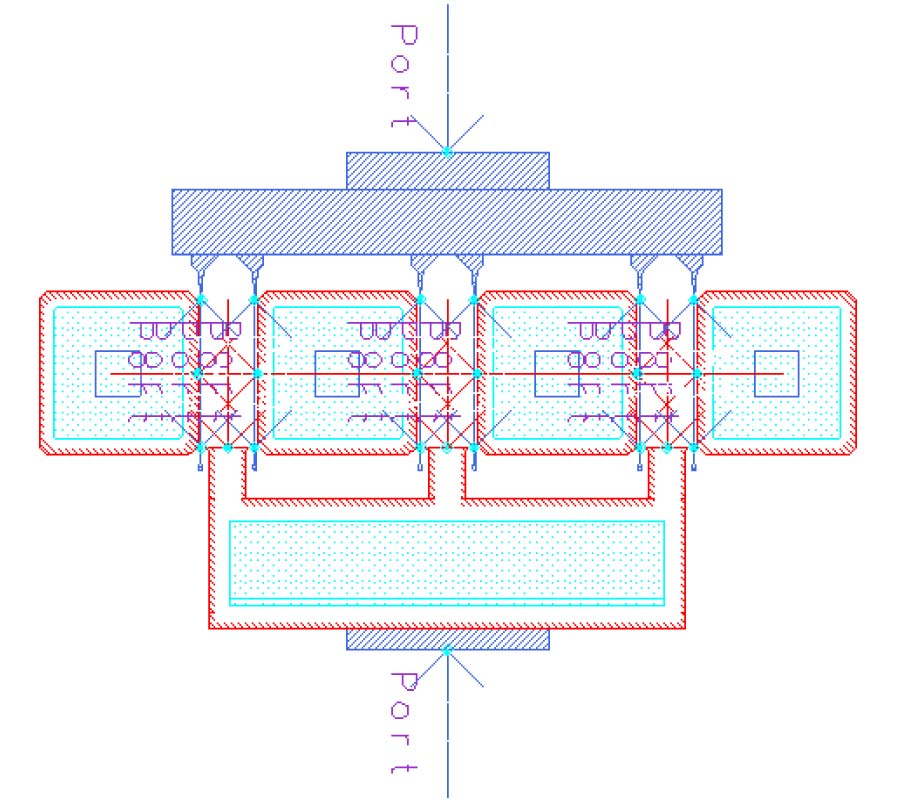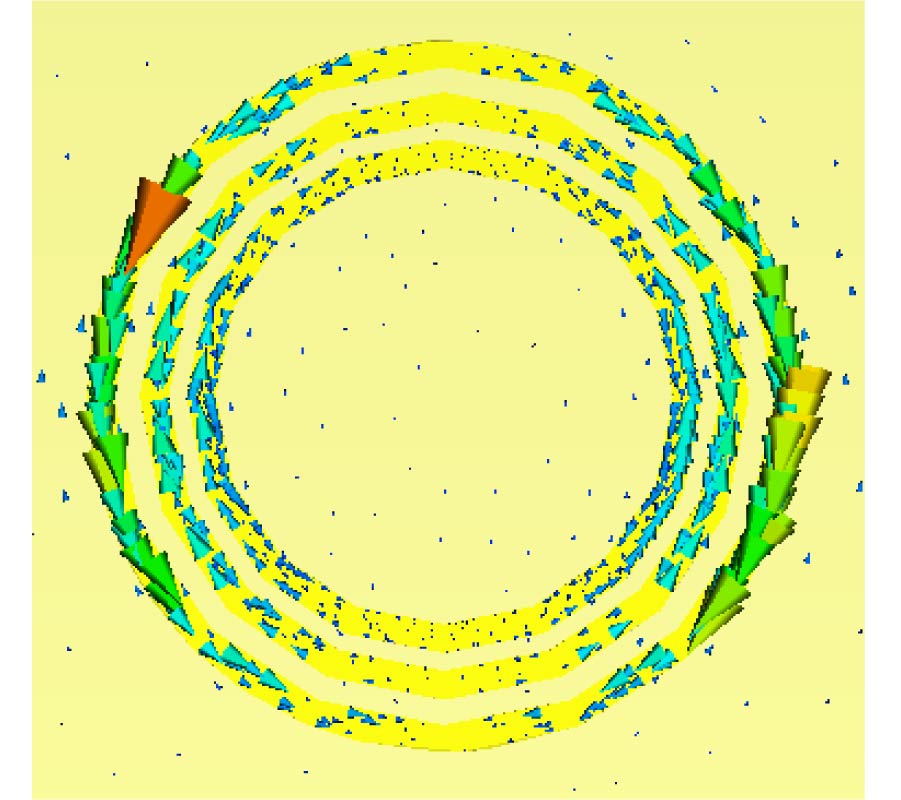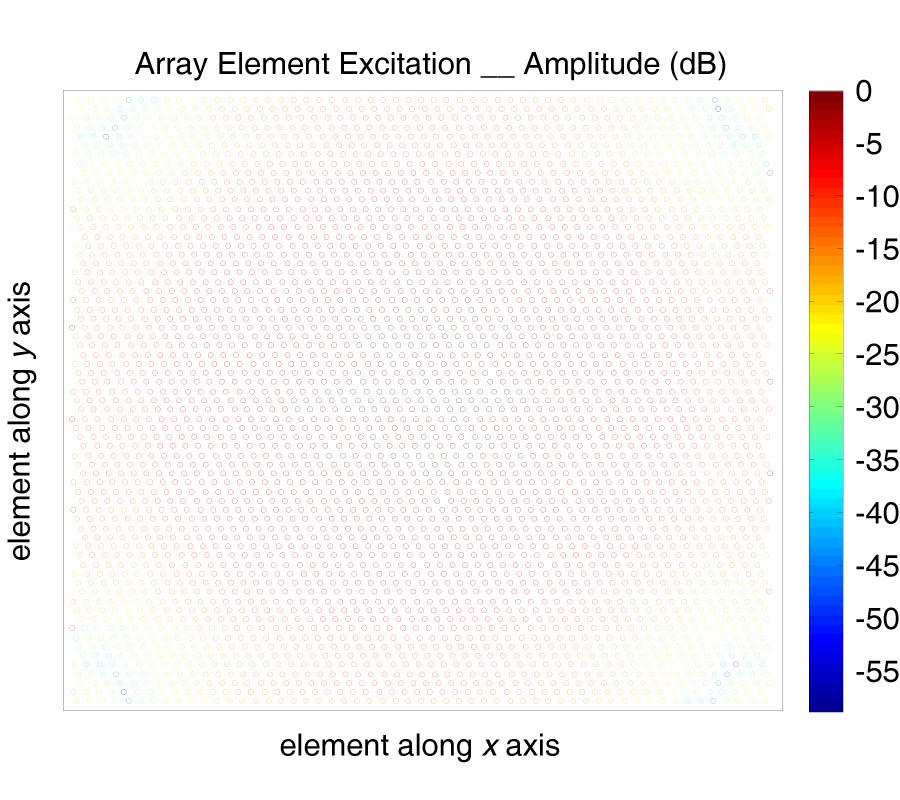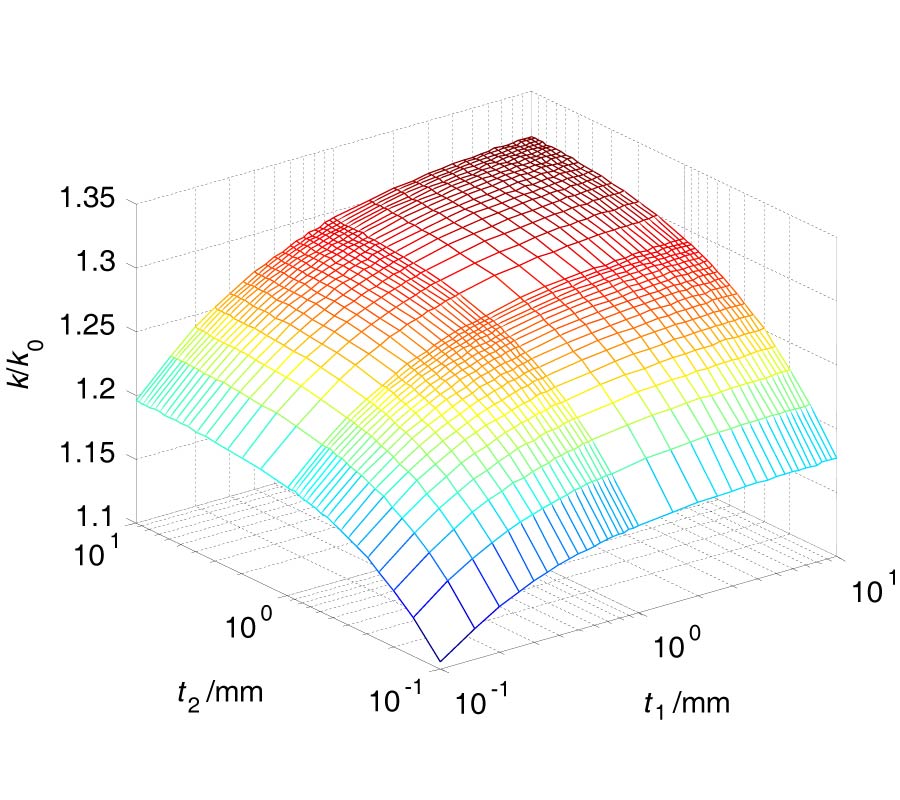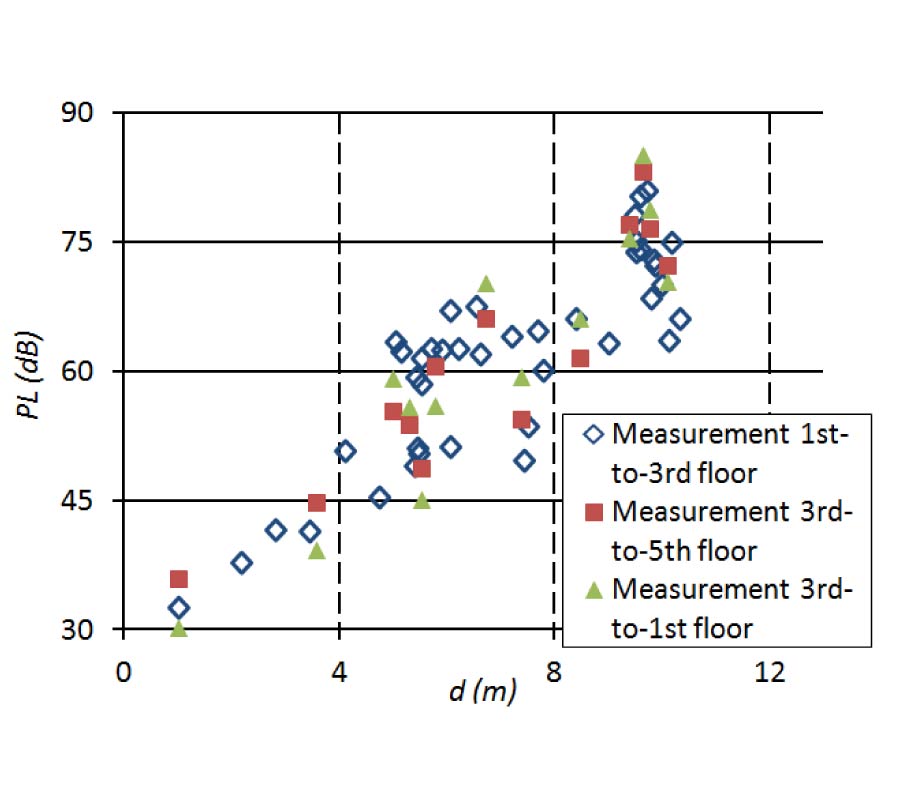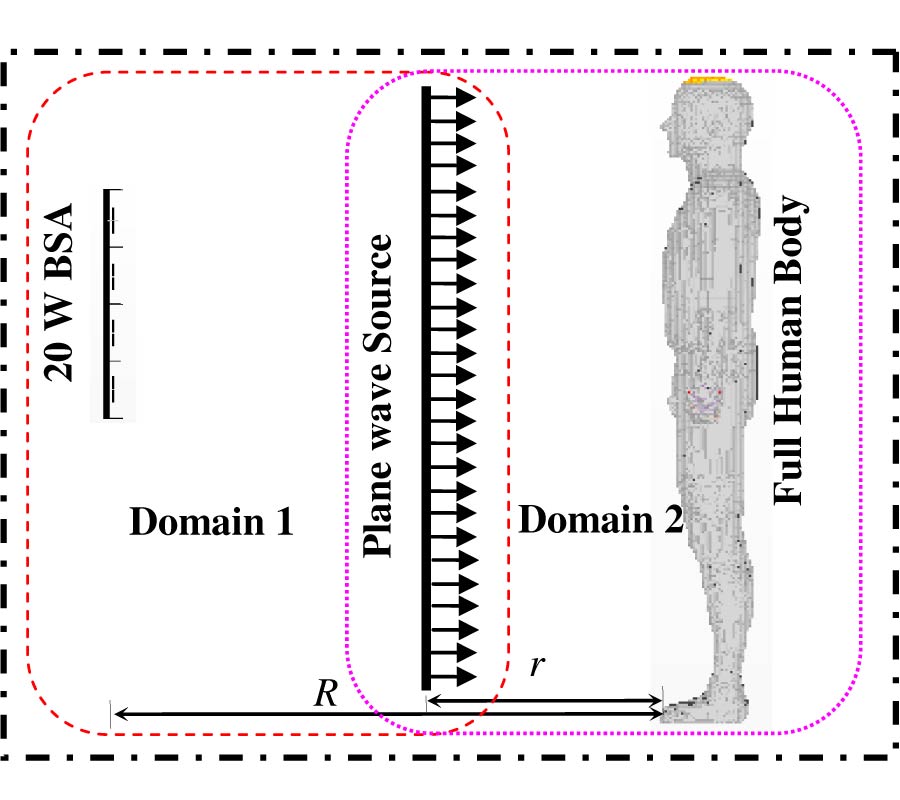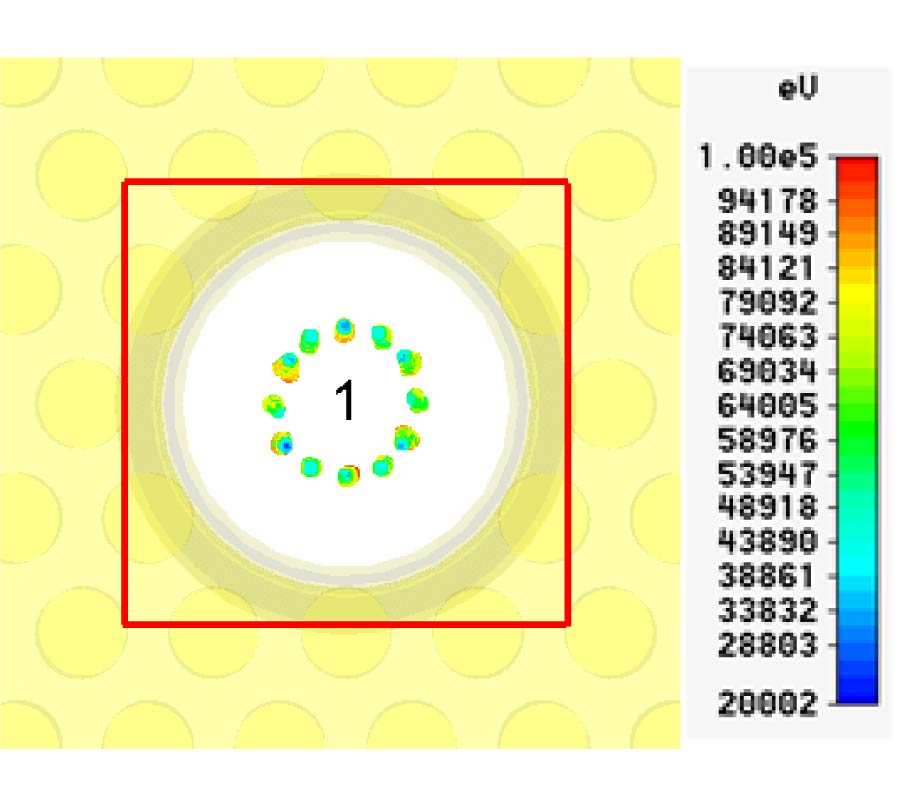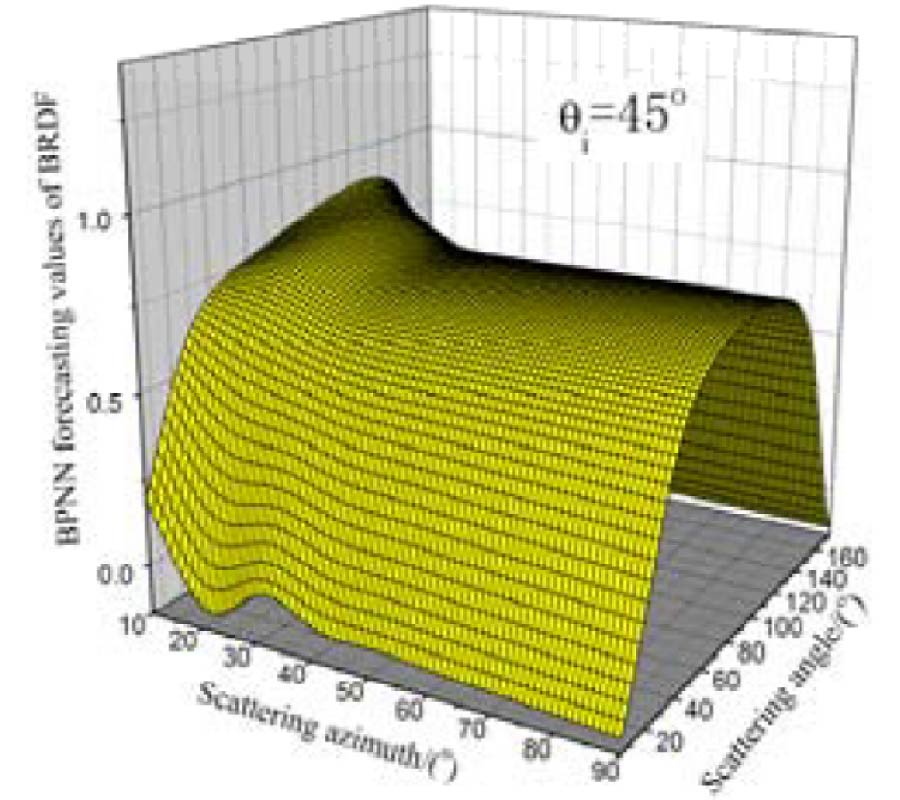An Accurately Scalable Small-Signal Model for Millimeter-Wave Hemts Based on Electromagnetic Simulation
Weibo Wang,
Zhi-Gong Wang,
Xu Ming Yu,
Bin Zhang and
Feng Qian
By using some special passive structures and correction of boundary conditions, a novel method to improve the electromagnetic (EM) simulation accuracy is proposed. With this method, the substrate parameters, such as thickness, loss, dielectric constant, loss tangent, sheet resistance, square capacitance and conductivity of the metal, can be described more accurately, and a lot of high frequency effects caused by skin effects, parasitic effects, coupling between micro-strip lines and fluctuation from the sheet resistance, etc. can also be simulated more precisely. Then an accurately scalable small-signal model for millimeter-wave HEMTs is proposed and presented. Combined with distributed modeling, pulsed IV and S parameter measurements, this model can be made scalable freely. The measurements agree with simulated results very well, which also proves that this method applied to the scalable small-signal models has a good consistency and accuracy.
